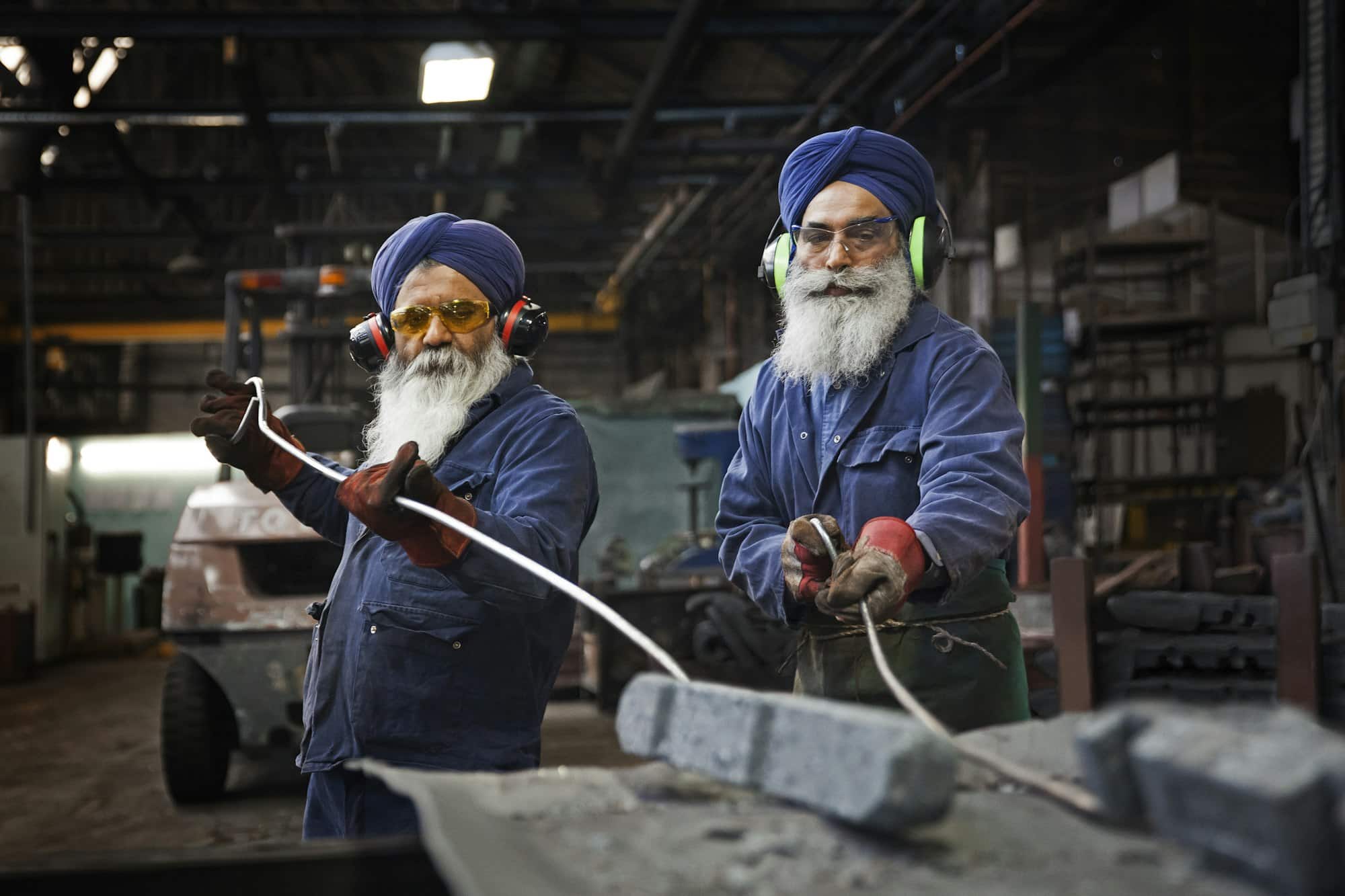When planning a bathroom remodeling, one feature that has become increasingly popular is heated floors. The prospect of stepping onto a warm floor on a chilly morning is quite appealing, and it adds a touch of luxury to any bathroom. But, what is the best way to incorporate heated floors into your bathroom renovation? In our discussion, we will explore cost, systems, installation, and the types of flooring suitable for heating to help you make an informed decision.
Understanding Heated Floor Systems
Before diving into the nitty-gritty of installation and cost, you need to comprehend the types of heated floor systems available and how they work. There are two main types: electric radiant heat and hydronic (water) heating systems.
A lire également : How Can You Create a Hidden Shoe Storage Solution in a Hallway Bench?
Electric Radiant Heat
Electric radiant heat systems involve the installation of electric cables or mats of electrically conductive plastic built into the floor. These cables or mats generate heat that then radiates up and warms the room from the floor up. It’s a popular choice because of its efficiency and relatively simple installation process.
Hydronic Heating Systems
On the other hand, hydronic systems circulate heated water through tubes installed underneath the floor. This system can be used to heat your entire home, not just a single room, and is often considered more efficient than electric systems, especially for larger spaces. However, the installation process is more complex because it involves the installation of a boiler to heat the water.
A lire également : How Can You Design a Space-Saving Home Bar with a Prohibition Era Twist?
Considering the Cost
While heated floors add a certain level of comfort and luxury to a bathroom, it’s crucial to consider the cost involved before making a decision. The cost to install heated floors can vary widely based on the system you choose and the size of your bathroom.
Electric radiant floor heating systems tend to be less expensive to install because they are less complex. However, they may cost more to operate in the long run compared to hydronic systems. On the other hand, hydronic systems may have a higher upfront cost due to the need for a boiler and more complex installation, but they are usually more cost-effective for larger spaces or full-home heating.
The Installation Process
The installation process for heated floors is influenced by the system you choose and the existing condition of your bathroom floor. For instance, underfloor heating is usually easier to install during a full renovation when the flooring is being replaced.
For an electric system, the heating element is usually a mesh that can be cut to fit your space. This mesh is laid down before your tile or other flooring material is installed over the top.
With a hydronic system, tubes are installed in the subfloor, and then the flooring material is installed over the top. Installation is more complex and may require professional help.
Choosing the Right Flooring
The type of flooring you choose plays a significant role in the performance and efficiency of your heated floors. Tile, stone and certain types of engineered hardwood are the most efficient conductors of heat and typically the best choices for heated floors. However, other options like laminate and vinyl can also work with radiant heating, but they may not conduct heat as efficiently.
Heated floors are less effective with carpet because the carpet acts as an insulator and prevents the heat from radiating into the room efficiently. So, if you’re planning to install heated floors, you might want to consider your choice of flooring carefully.
Incorporating Heated Floors in the Kitchen
Can heated floors be incorporated in other rooms? Absolutely! Kitchens, like bathrooms, are often built with hard flooring materials that can get uncomfortably cold in chillier months. Incorporating heated floors in your kitchen remodel can add an extra level of comfort and luxury. The process is similar to that of bathroom installation, with the choice between electric and hydronic systems, and tile or stone being the most efficient flooring choices.
In conclusion, incorporating heated floors into your bathroom or kitchen renovation requires careful consideration of the type of system, installation process, cost, and the flooring material. With these elements in mind, you can make a decision that adds comfort, luxury, and value to your home.
Benefits of Heated Floors
Incorporating heated floors in your bathroom remodel not only adds a touch of luxury and comfort but also has numerous benefits. One of the main advantages is the overall increase in home value. Prospective homebuyers are often attracted to unique features like radiant heating, which can improve the home’s market value significantly.
Energy efficiency is another benefit offered by both electric radiant and hydronic heating systems. These systems distribute heat evenly across the floor, offering a more consistent temperature than traditional forced air systems that can have hot and cold spots. Additionally, floor heating systems operate silently, creating a peaceful environment in your home.
Heated floors are also health-friendly. Unlike forced air systems, radiant heat does not circulate allergens or dust around your home, making it an excellent choice for individuals with allergies or respiratory issues.
However, for all the benefits, remember that certain flooring materials are more suitable for a heated bathroom floor than others. Tile, stone, and some types of engineered hardwood are efficient heat conductors, while carpet can inhibit heat transfer.
Maintenance of Heated Floors
Once installed, underfloor heating systems require minimal maintenance. However, to ensure your system continues to operate efficiently, consider a few crucial steps.
For electric radiant systems, check regularly for any signs of wear or damage to the heating element. It’s essential to keep the system free of dust and debris, which can compromise its efficiency. Also, make sure to follow the manufacturer’s instructions for any necessary maintenance tasks.
In the case of hydronic systems, maintenance can be more complex. Regularly check the boiler for any signs of malfunction or inefficiency and consider annual professional servicing to ensure it runs optimally.
If you notice a sudden increase in your energy bills or a decrease in the system’s efficiency, it may be time to call a professional to inspect and repair your heating system. Remember, the longevity and efficiency of your heated floors largely depend on proper installation and regular maintenance.
Conclusion
Incorporating heated floors in a bathroom or kitchen renovation can significantly enhance the comfort and luxury of your home while increasing its market value. Whether you choose an electric or hydronic heating system, be sure to select the most suitable flooring material and maintain the system adequately for optimal performance. Always consider the cost, installation process, and your specific needs when making a decision. With careful planning and execution, heated floors can be a worthwhile investment in your home’s comfort and value.





